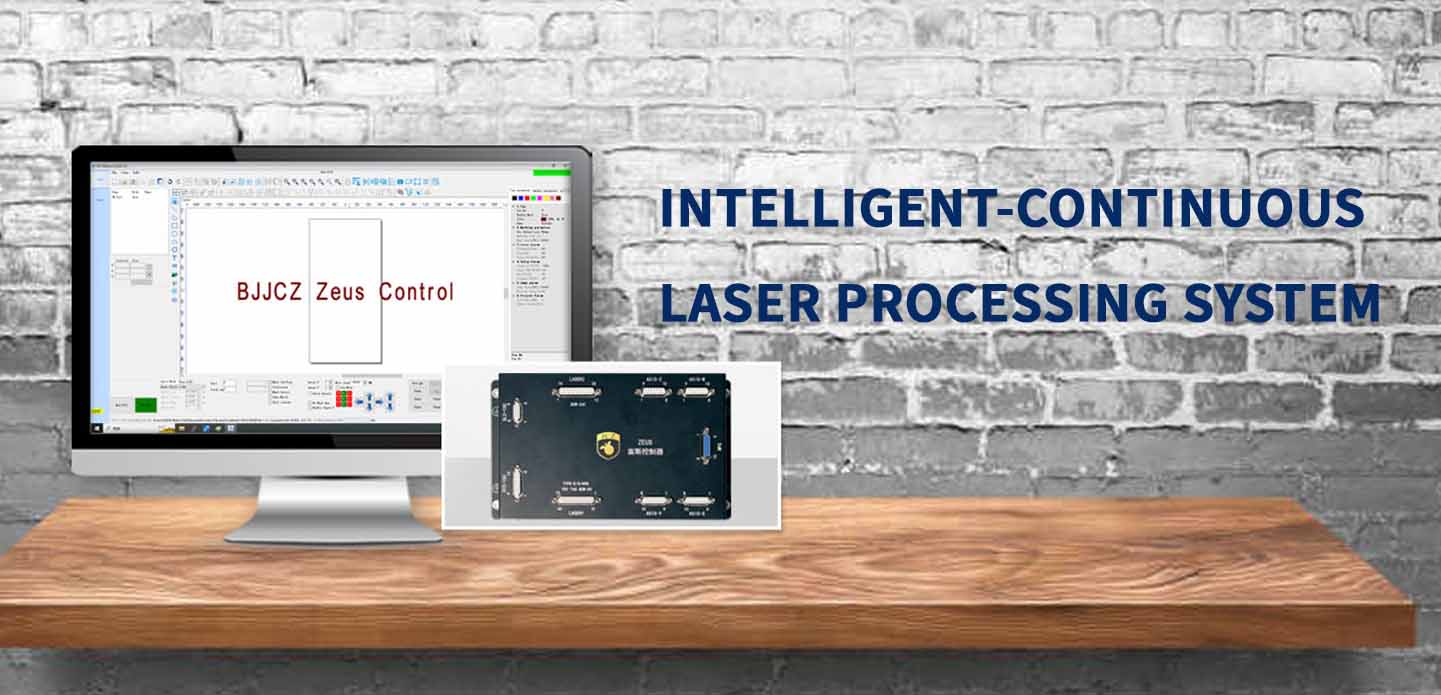Pulsed mode lasers have gained tremendous traction in various fields, from medicine and materials processing to telecommunications and scientific research. These lasers emit light in short bursts or “pulses,” rather than in a continuous stream. This distinctive characteristic allows for highly controlled energy delivery, making pulsed mode lasers exceptionally versatile and efficient for a wide range of applications. In this article, we will explore the fundamental principles of pulsed mode lasers, their technological advancements, and how they’re being utilized across different sectors.
Understanding Pulsed Mode Lasers
The operation of a pulsed mode laser relies on the principle of stimulated emission, where electrons in a gain medium are excited to a higher energy level and, when they return to their ground state, release photons. In pulsed lasers, the energy is stored and then released in rapid bursts, which can range from a few nanoseconds to several milliseconds, depending on the laser design. The pulse duration significantly influences the laser’s application; for instance, femtosecond lasers emit pulses that last only quadrillionths of a second, leading to virtually no heat affected zone, while nanosecond lasers are suitable for a broader array of uses.
Technological Advancements
Recent advancements in pulsed mode laser technology are driving innovation across different fields. Developments in solid-state laser materials, such as the introduction of high efficiency and stability in Nd:YAG lasers and fiber lasers, have significantly improved performance. The integration of advanced optics and electronics allows for precise control over pulse duration, energy output, and beam quality, making the lasers more user-friendly and adaptable.
Moreover, the emergence of compact and portable pulsed lasers has opened new possibilities for on-site applications. These new designs are not only more cost-effective but also provide enhanced versatility, allowing them to be used in fieldwork for purposes such as remote sensing, environmental monitoring, and defense applications.
Applications in Medicine
Pulsed mode lasers have revolutionized various medical procedures, particularly in dermatology and surgery. They are employed in laser skin resurfacing, tattoo removal, and treatment of vascular lesions. The principles of selective photothermolysis allow for specific targeting of tissues with minimal damage to surrounding areas. Additionally, pulsed lasers are effective in ophthalmic procedures, such as LASIK, where precise cuts are essential for reshaping the cornea. Technologies like picosecond lasers are now being favored for their ability to break down pigments in the skin into smaller particles, enhancing the natural healing process and leading to better results in cosmetic applications.
Material Processing and Fabrication
In industrial settings, pulsed mode lasers have transformed manufacturing processes. They are widely used for cutting, engraving, and welding materials, including metals, plastics, and ceramics. The high peak power delivered in short bursts allows for clean cuts and precise engravings without compromising material integrity. Additionally, advancements in laser systems have led to faster processing times, which directly contribute to increased productivity in manufacturing lines.
Pulsed lasers, particularly those operating in the nanosecond range, are crucial in the semiconductor industry, where precision is paramount. They facilitate micro-machining and drilling of intricate patterns on chips, playing a vital role in the ongoing miniaturization of electronic components.
Telecommunications and Scientific Research
In telecommunications, pulsed lasers are employed for data transmission over fiber optic networks. Their ability to modulate light at high speeds makes them essential for high-bandwidth communications, enabling faster internet speeds and increased data transfer efficiencies.
In scientific research, pulsed mode lasers are invaluable tools for spectroscopy, imaging, and high-resolution studies. They allow researchers to investigate the properties of materials at microscopic levels and to conduct real-time analysis in fields ranging from chemistry to biology.
Conclusion
As we navigate the realms of advanced technology and innovative discoveries, pulsed mode lasers emerge as fundamental components driving progress across multiple industries. Their adaptability, precision, and efficiency continue to enhance applications, paving the way for new possibilities in both research and practical use. As technology evolves, we can expect further developments in pulsed laser systems, broadening their capabilities and integration into everyday life, science, and industry.
由用户投稿整理稿件发布,不代表本站观点及立场,仅供交流学习之用,如涉及版权等问题,请随时联系我们(yangmei@bjjcz.com),我们将在第一时间给予处理。






